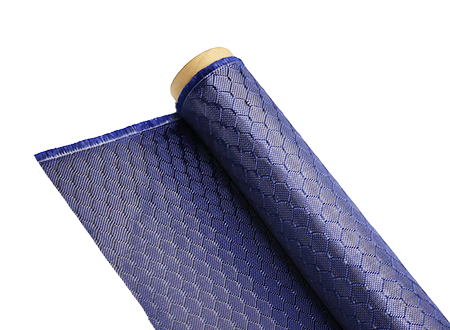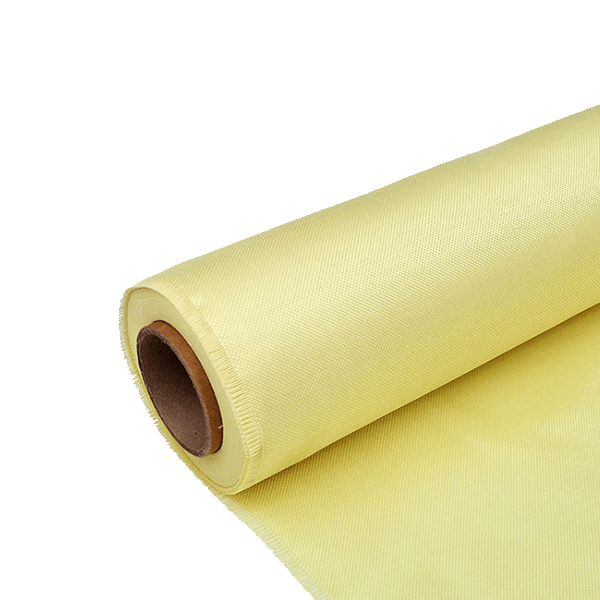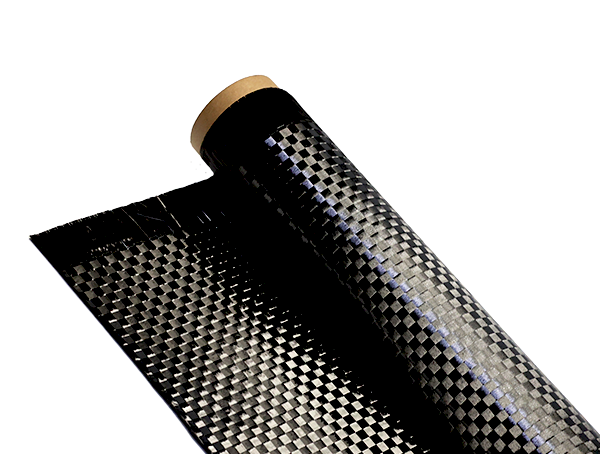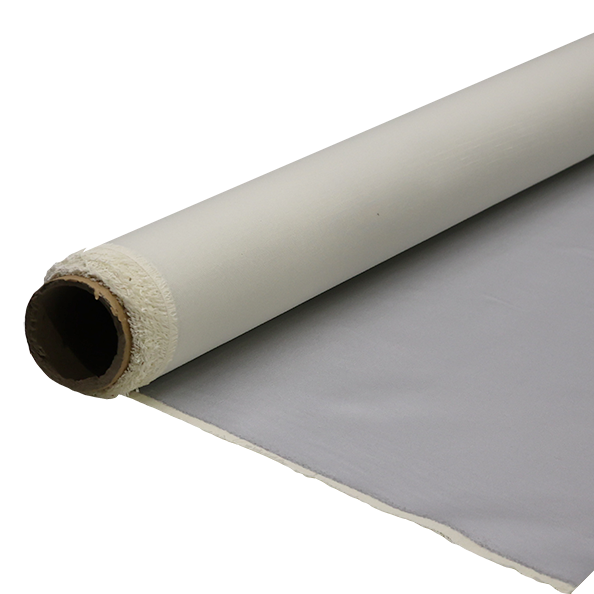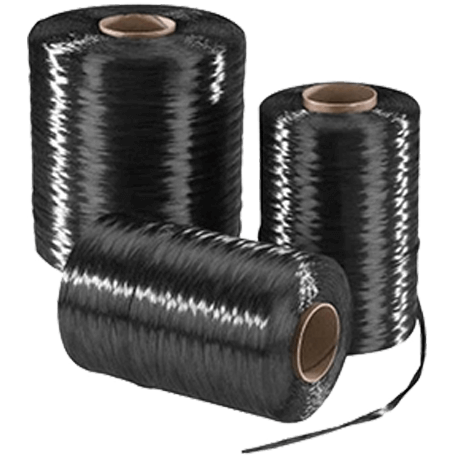ما مدى رقة صفائح الكربون المركبة المستخدمة في صناعة الإلكترونيات؟
-
جدول المحتويات
“Unlocking Innovation: Exploring the Limits of Ultra-Thin Carbon Composite Sheets for Electronics.”
مقدمة
Carbon composite sheets are increasingly utilized in the electronics industry due to their lightweight, high strength, and excellent thermal and electrical properties. As technology advances, the demand for thinner materials that can maintain performance while reducing weight and space in electronic devices has grown. This introduction explores the potential thickness limits of carbon composite sheets, examining the factors that influence their fabrication, performance, and application in modern electronics. Understanding how thin these materials can be manufactured and still function effectively is crucial for the development of next-generation electronic devices.
Minimum Thickness Standards for Carbon Composite Sheets in Electronics
In the realm of electronics, the quest for lightweight and durable materials has led to the increasing adoption of carbon composite sheets. These materials, known for their exceptional strength-to-weight ratio and versatility, have become integral in various applications, from consumer electronics to aerospace components. However, as the demand for miniaturization in electronic devices continues to rise, a pertinent question arises: how thin can carbon composite sheets be while still meeting the necessary performance standards?
To address this question, it is essential to consider the minimum thickness standards that govern the use of carbon composite sheets in electronics. These standards are influenced by several factors, including mechanical properties, thermal conductivity, and electrical insulation requirements. Generally, the thickness of carbon composite sheets can vary significantly, typically ranging from a few millimeters to fractions of a millimeter. However, the specific application often dictates the minimum thickness that can be employed without compromising the integrity and functionality of the electronic device.
One of the primary considerations in determining the minimum thickness is the mechanical strength required for the application. For instance, in structural components where load-bearing capabilities are critical, a thicker sheet may be necessary to ensure that the material can withstand stress without deforming or failing. Conversely, in applications where the composite serves primarily as a substrate or insulator, thinner sheets may be acceptable. In such cases, advancements in manufacturing techniques, such as precision layering and the use of advanced resins, have enabled the production of carbon composite sheets that are both thin and robust.
Moreover, thermal management is another crucial aspect that influences the minimum thickness of carbon composite sheets in electronics. As devices become more compact, the heat generated during operation can pose significant challenges. Thinner sheets may offer less thermal mass, which can be advantageous in certain scenarios, but they must still provide adequate thermal conductivity to dissipate heat effectively. Consequently, manufacturers often conduct extensive testing to ensure that even at reduced thicknesses, the carbon composite sheets can maintain optimal thermal performance.
In addition to mechanical and thermal considerations, electrical insulation properties are paramount in the design of electronic components. Carbon composites can be engineered to exhibit varying levels of electrical conductivity, depending on the specific formulation and processing techniques used. For applications requiring high insulation resistance, maintaining a minimum thickness is essential to prevent electrical breakdown. Therefore, while thinner sheets may be desirable for weight reduction, they must still adhere to electrical safety standards to ensure reliable operation.
Furthermore, industry standards and regulations play a significant role in determining the minimum thickness of carbon composite sheets used in electronics. Organizations such as ASTM International and ISO provide guidelines that help manufacturers establish benchmarks for material performance. These standards often take into account the specific application and the environmental conditions the materials will face, ensuring that safety and reliability are not compromised.
In conclusion, while carbon composite sheets can be manufactured to very thin specifications, the minimum thickness is ultimately dictated by a combination of mechanical strength, thermal management, electrical insulation requirements, and adherence to industry standards. As technology continues to evolve, ongoing research and development will likely yield even thinner and more efficient carbon composite materials, further pushing the boundaries of what is possible in the electronics industry.
Impact of Thickness on Performance and Durability of Carbon Composites

The thickness of carbon composite sheets plays a crucial role in determining their performance and durability, particularly in the context of electronics. As technology advances, the demand for lighter, more efficient materials has led to an increased interest in carbon composites, which are known for their exceptional strength-to-weight ratio and versatility. However, the relationship between thickness and the mechanical properties of these materials is complex and warrants careful consideration.
When evaluating the impact of thickness on performance, it is essential to recognize that thinner carbon composite sheets can offer significant advantages in terms of weight reduction. This is particularly beneficial in the electronics industry, where minimizing weight can enhance portability and ease of integration into compact devices. For instance, in applications such as smartphones and wearable technology, thinner materials can contribute to sleeker designs without compromising functionality. However, while reduced thickness can lead to lighter products, it may also introduce challenges related to structural integrity and durability.
As the thickness of carbon composite sheets decreases, their ability to withstand mechanical stresses can be compromised. Thinner sheets may be more susceptible to bending, cracking, or delamination under load, which can adversely affect the longevity of electronic components. Consequently, manufacturers must strike a balance between achieving the desired thinness and ensuring that the material can endure the operational demands placed upon it. This balance is particularly critical in high-stress applications, where the risk of failure can have significant implications for device performance and safety.
Moreover, the manufacturing process of carbon composites also influences how thickness impacts performance. Advanced techniques such as layering and weaving can enhance the mechanical properties of thinner sheets, allowing them to maintain strength while reducing weight. For example, using multiple layers of carbon fibers oriented in different directions can improve the overall toughness of a composite, even when the individual sheets are thin. This innovation enables engineers to design components that are not only lightweight but also robust enough to withstand the rigors of everyday use.
In addition to mechanical performance, the thickness of carbon composite sheets can also affect thermal and electrical properties, which are critical in electronic applications. Thinner sheets may exhibit different thermal conductivity characteristics compared to their thicker counterparts, potentially influencing heat dissipation in electronic devices. Effective thermal management is essential for maintaining optimal performance and preventing overheating, particularly in high-power applications. Therefore, understanding how thickness impacts thermal properties is vital for engineers designing electronic systems.
Furthermore, the electrical conductivity of carbon composites can vary with thickness, which is an important consideration for applications requiring conductive materials. Thinner sheets may not provide the same level of conductivity as thicker ones, which could limit their use in certain electronic applications. As a result, engineers must carefully evaluate the specific requirements of their designs to determine the optimal thickness that balances performance, durability, and electrical properties.
In conclusion, the thickness of carbon composite sheets significantly influences their performance and durability in electronic applications. While thinner materials can offer advantages in terms of weight and design flexibility, they also present challenges related to mechanical integrity and thermal management. As technology continues to evolve, ongoing research and development will be essential to optimize the properties of carbon composites, ensuring that they meet the demanding requirements of modern electronics while pushing the boundaries of what is possible in material science.
Innovations in Ultra-Thin Carbon Composite Manufacturing for Electronic Applications
The rapid evolution of electronic devices has necessitated the development of materials that not only meet performance requirements but also adhere to increasingly stringent size constraints. Among these materials, carbon composites have emerged as a frontrunner due to their remarkable strength-to-weight ratio, thermal stability, and electrical conductivity. As the demand for miniaturization in electronics continues to grow, innovations in the manufacturing of ultra-thin carbon composite sheets have become a focal point for researchers and manufacturers alike.
Recent advancements in fabrication techniques have enabled the production of carbon composite sheets that are thinner than ever before. Traditional methods of manufacturing such materials often resulted in sheets that were several millimeters thick, which posed challenges in applications where space is at a premium. However, with the advent of techniques such as chemical vapor deposition (CVD) and advanced layering processes, manufacturers can now create sheets that are just a few micrometers thick. This significant reduction in thickness not only enhances the flexibility and integration of these materials into compact electronic devices but also improves their performance characteristics.
Moreover, the integration of nanotechnology into the production of carbon composites has further pushed the boundaries of how thin these sheets can be. By manipulating the structure at the nanoscale, researchers have been able to enhance the mechanical properties of carbon composites while simultaneously reducing their thickness. For instance, the incorporation of carbon nanotubes and graphene into composite matrices has resulted in materials that maintain their structural integrity even at reduced dimensions. This innovation is particularly beneficial for applications in flexible electronics, where the ability to bend and stretch without compromising performance is crucial.
In addition to mechanical properties, the electrical performance of ultra-thin carbon composite sheets has also seen significant improvements. The inherent conductivity of carbon materials allows for efficient electron transport, which is essential for high-performance electronic applications. As manufacturers continue to refine their processes, the electrical properties of these composites can be tailored to meet specific requirements, such as impedance and capacitance, making them suitable for a wide range of electronic components, including capacitors, sensors, and circuit boards.
Furthermore, the environmental impact of producing ultra-thin carbon composite sheets has become an important consideration in the manufacturing process. Innovations in sustainable practices, such as the use of bio-based precursors and recycling methods, are being explored to minimize waste and reduce the carbon footprint associated with production. This shift towards sustainability not only aligns with global environmental goals but also appeals to consumers who are increasingly conscious of the ecological implications of their electronic devices.
As the field of electronics continues to advance, the role of ultra-thin carbon composite sheets is poised to expand significantly. The combination of their lightweight nature, exceptional strength, and customizable electrical properties positions them as a key material for next-generation devices. From smartphones to wearable technology, the potential applications are vast and varied. As research and development in this area progress, it is likely that we will see even thinner and more efficient carbon composite sheets entering the market, further revolutionizing the landscape of electronic manufacturing. In conclusion, the innovations in ultra-thin carbon composite manufacturing not only highlight the material’s versatility but also underscore its critical role in shaping the future of electronics.
الأسئلة والأجوبة
1. **Question:** What is the minimum thickness for carbon composite sheets used in electronics?
**Answer:** Carbon composite sheets can be manufactured as thin as 0.1 mm (100 microns) for certain applications in electronics.
2. **Question:** Are there specific applications that require ultra-thin carbon composite sheets?
**Answer:** Yes, ultra-thin carbon composite sheets are often used in flexible electronics, lightweight structural components, and advanced packaging solutions.
3. **Question:** What factors influence the thickness of carbon composite sheets in electronic applications?
**Answer:** Factors include the mechanical strength required, thermal conductivity, electrical properties, and the specific application requirements.

